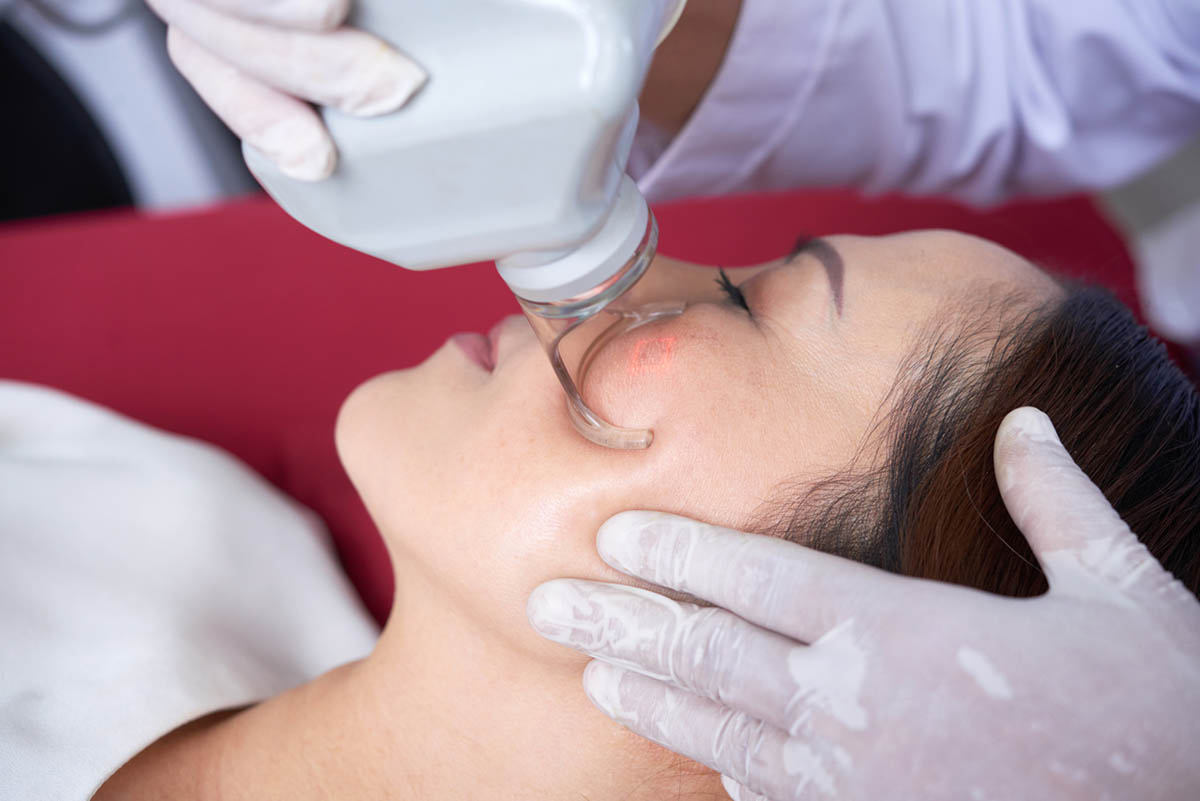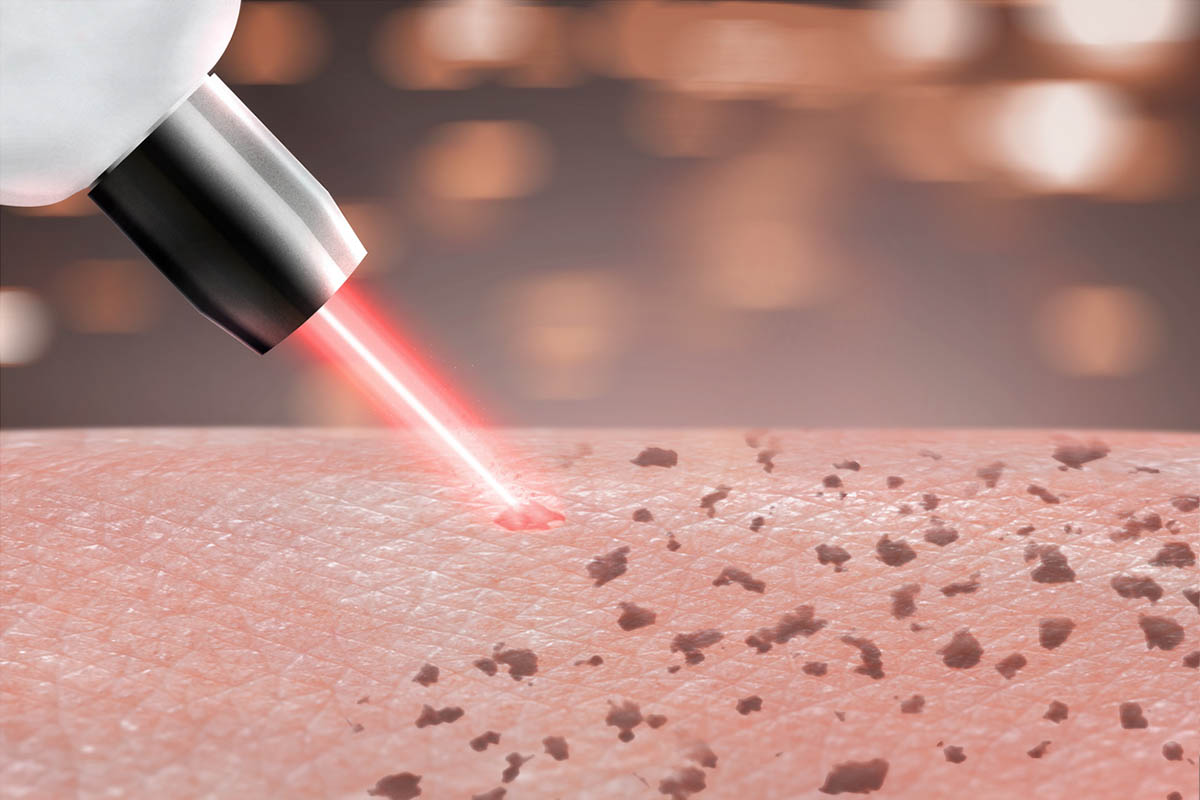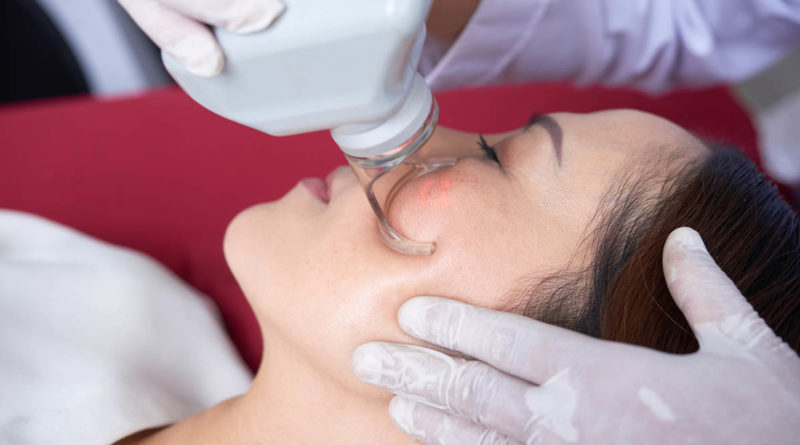Clear and flawless skin is what we all want to have. More and more skincare products are released in the market yearly, all offering to lighten and make the skin appear flawless. One flaw that these products intend to tackle is pigmentation problems. Creams with high concentrations of whitening ingredients promise a blemish-free skin.
Have you grown tired of using one of these creams? Having found this article for laser pigmentation removal says it looks like it. Do not worry! Skin pigmentation is a dilemma for a lot of people. Hence, this article is written to share information about the effective treatment options that can be done for pigmentation removal with the use of lasers.
Lasers are not all built for the same purpose
You may notice that there are several lasers used in the aesthetic and medical field in Singapore, as well as in clinics like Cambridge Medical Group. It is important to know that each has its own specialisation. To treat pigmentation, the following lasers are often used:
- Combination long-pulse lasers – Pigmentation due to blood vessels, red spots
- Long-pulse visible light – Pigmentation due to brown spots, red spots, tattoos
- Pico lasers – brown spots, tattoos
- Q-switch lasers – brown spots, tattoos
Skin pigmentations treated by lasers

Pigmentation on the skin can either be developed naturally or it can also be acquired. Naturally developed pigmentations are caused by the skin’s overproduction of melanin. Melanin is responsible for giving colour to the skin. On the other hand, acquired pigmentation comes in the form of tattoos.
Skin pigmentations that laser can treat are:
- Freckles
- Hori’s Naevus
- Melasma
- Seborrheic Keratosis (Pigmentation bumps)
- Solar Lentigo
Freckles appear as tiny spots that are light brown in colour over the cheekbones and nose. This pigmentation is responsive to Q-switch and Pico lasers.
Hori’s Naevusis usually spread on the cheekbones, forehead, or nose. This is identified by marks that are dark and bluish-grey in colour.
Melasma can appear as patches that appear as blotches on the skin. This skin condition can be light to dark brown in colour.
Seborrheic Keratosis is seen as elevated spots that are coloured black or light brown that are found on the face. This condition responds best to ablative laser surgery.
Solar Lentigois identified by a single or round dark spots that may be clustered together on the skin. Q-switch and Pico lasers work best to reduce the appearance of solar lentigo.
Pigmentation caused by excess melanin can look similar to each other. The best way to determine its exact condition is to get assessed by a doctor. A proper diagnosis is important in order to apply the correct laser treatment.
Causes of skin pigmentation
For skin pigmentation caused by excessive production of melanin, these are the possible suspects:
- Acne
- Skin ageing
- Extreme sun exposure
- Genetics
- Hormonal changes (e.g. pregnancy)
- Injury to the skin
- Skincare products that cause irritation to the skin
How lasers work to remove pigmentation on the skin

Lasers use energy-charged light beams that are absorbed by the pigmented skin cells. The heat energy is absorbed by the cells, resulting in its breakdown. This breakdown leads to the stimulation of collagen production, making the skin lighter in colour. The results of laser pigmentation removal are permanent.
Administration of laser on skin pigmentation
Laser pigmentation removal starts with the cleansing of the treatment area. The eyes are covered with eye shields for protection. Next, a numbing cream is applied to the skin in order to ease the discomfort during the procedure. Once the numbing cream takes effect, the administration of the laser beams is done using a handheld device. A cooling sheet is then applied over the treated area to aid the skin’s recovery.
Side effects of a laser pigmentation removal procedure
After a laser pigmentation removal procedure, the skin may appear to be inflamed and reddish in colour. This is a normal occurrence as your skin has been exposed to high heat. Infection may also happen if the treatment area is not cleansed, especially for patients who underwent laser pigmentation removal for their tattoos. Some pain will also be present, so do ask your doctor for medications that would ease your discomfort during your time of recovery.
Cost of laser pigmentation removal in Singapore

The cost of laser pigmentation removal depends on a lot of different factors. These are:
- The type of laser treatment you are getting
- Doctor’s skill and experience
- Number of sessions needed to address your skin condition
Laser pigmentation removal treatments for the following conditions range from:
- Freckles and Solar Lentigo – $1,000 to $1,800
- Hori’s Nevus – $800 to $1,600
- Melasma – $1,500 to $4,000
- Seborrheic Keratosis – $300 to $1,000
Best candidates for laser pigmentation removal treatments
Not all people are suitable to undergo a laser pigmentation removal treatment. Depending on the type of skin a patient has, using a laser to treat a certain skin condition can also be harmful if not applied correctly. It is not recommended for people with open wounds, acne, or dark skin colour. Most commonly, laser treatments are best for people with fair skin tone and see more health tips at Live Enhanced.





